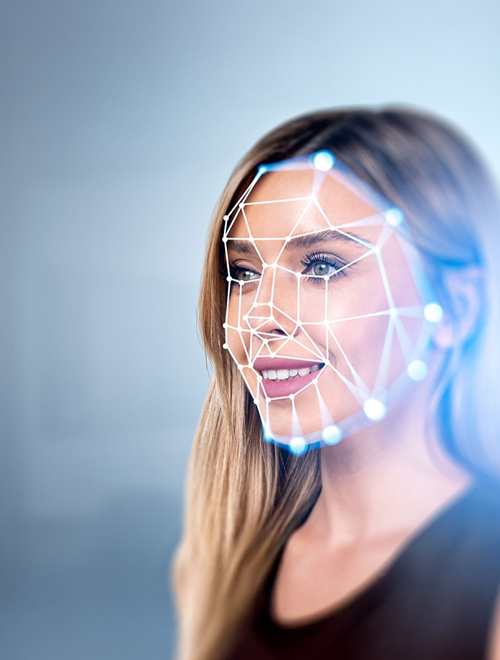Accuracy towards Facial Variation
Armatura’s facial recognition technology uses deep learning algorithms that are capable of learning and adapting to changes in facial features over time. This allows for more accurate and reliable recognition, even in scenarios where facial features may have changed due to aging, facial hair, or other factors.Another advantage of Armatura’s facial recognition technology is its ability to handle variations in facial expression and pose. The technology uses advanced algorithms that can recognize faces even when they are tilted, turned, or partially obscured. This allows for more flexible and versatile deployment of the technology in various scenarios.



